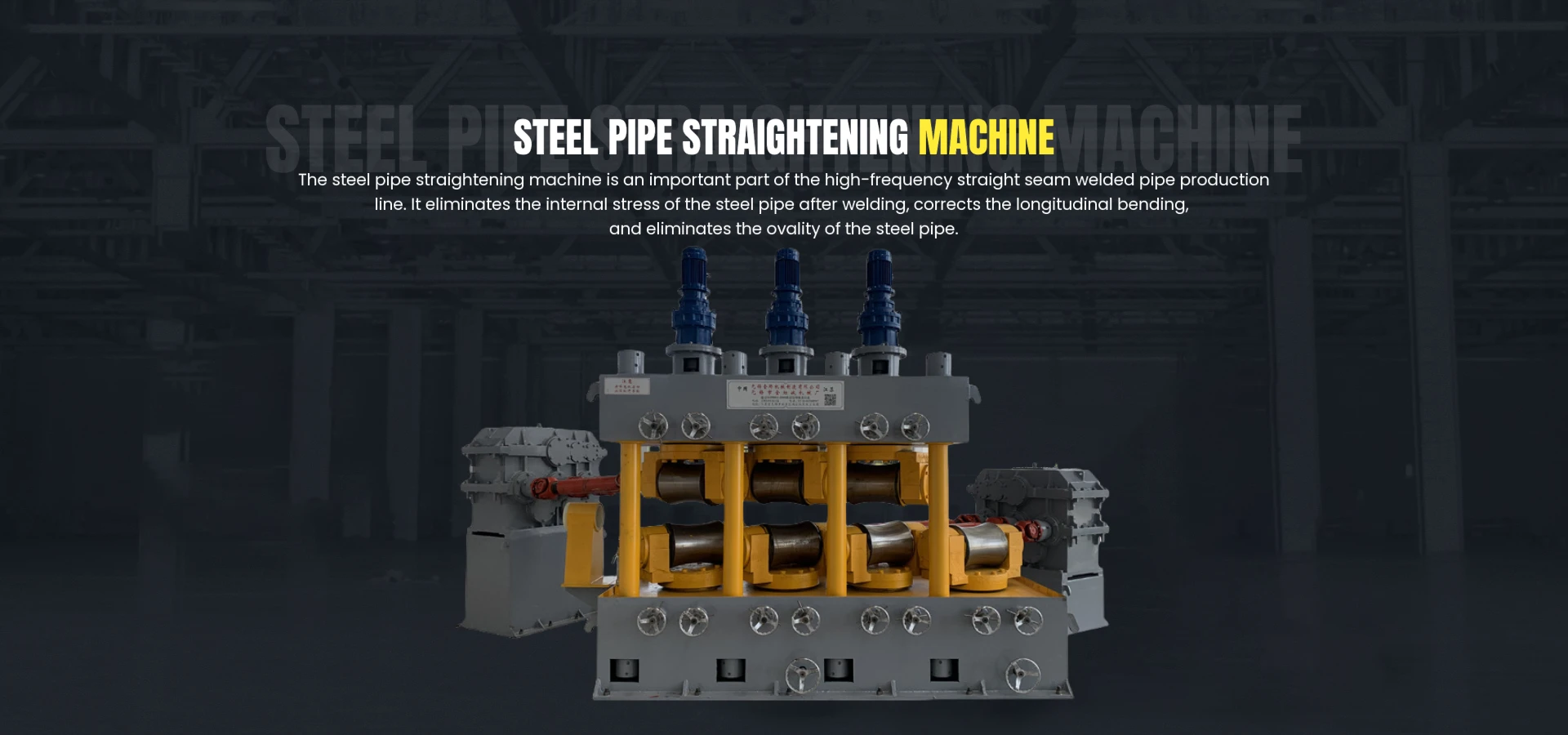extruder moulding
Extruder Moulding An Overview of the Process and Its Applications
Extruder moulding is a fundamental manufacturing process used in various industries to create a wide range of plastic products. This method involves the continuous shaping of materials, typically thermoplastics, by forcing them through a specially designed die. As an efficient, versatile, and highly automated process, extruder moulding has gained popularity across multiple sectors, including automotive, construction, packaging, and consumer goods.
The extruder moulding process begins with the loading of raw polymer materials, usually in the form of plastic pellets, into a hopper. These pellets are then fed into a heated barrel, where they undergo an initial melting phase. The temperature is carefully controlled to ensure uniform melting, as different polymers require specific temperatures to achieve optimal flow characteristics. A rotating screw within the barrel plays a pivotal role in this phase, pushing the melted material forward while mixing and compacting it.
Once the plastic reaches a suitable viscosity, it is forced through a die, which shapes the material into the desired profile. The die can be custom-made to create various shapes, from simple pipes and sheets to complex cross-sections required for specialized applications. As the extrudate emerges from the die, it often passes through cooling processes to solidify it into its final form. This cooling can involve air cooling, water baths, or other methods, depending on the specific properties of the material and the end product requirements.
One of the critical advantages of extruder moulding is its capacity for high-volume production. This method can produce continuous lengths of material, making it particularly suitable for applications where consistent dimensions and performance are necessary. For example, in the construction industry, extruder moulding is widely used to manufacture pipes, siding, and insulation materials. These products benefit from the efficiency and uniformity provided by the extruder moulding process.
extruder moulding

Extruder moulding also offers significant flexibility in terms of materials. While thermoplastics are predominantly used, the process can also accommodate various additives, such as colorants, fillers, and stabilizers. This adaptability allows manufacturers to tailor the physical properties of the final product, enhancing attributes such as strength, impact resistance, and UV stability. Additionally, advances in material science have introduced bioplastics into the mix, enabling industries to adopt more sustainable practices.
The environmental impact of extruder moulding is another consideration that continues to gain prominence. With growing awareness of plastic pollution and the need for eco-friendly solutions, many manufacturers are exploring ways to minimize waste in the extruder moulding process. Strategies include reclaiming scrap material, investing in energy-efficient equipment, and utilizing renewable resources for producing plastics. These efforts contribute to a more sustainable approach to manufacturing without compromising on quality or performance.
Moreover, extruder moulding is often integrated with other manufacturing processes, such as injection moulding or blow moulding, to create complex assemblies. This integration allows for the production of multicomponent products, enhancing design possibilities and improving functionality. For instance, the automotive industry frequently employs this technique to produce components that require specific durability and weight specifications.
In conclusion, extruder moulding is a crucial process in the plastic manufacturing landscape, known for its efficiency, versatility, and capacity for high-volume production. As industries continue to evolve and face new challenges, the adoption of advanced technologies and sustainable practices in extruder moulding will likely shape its future. The ongoing innovations in materials and processes promise to enhance product quality, reduce environmental impact, and open new avenues for creative design and application, ensuring that extruder moulding remains a cornerstone of modern manufacturing.
-
High Frequency Straight Seam Welded Pipe Production Line-BzZhou Xinghua Machinery Equipment Manufacturing Co., LTD.|line pipe steel&welded gas pipeNewsJul.30,2025
-
High Frequency Straight Seam Welded Pipe Production Line-BzZhou Xinghua Machinery Equipment Manufacturing Co., LTD.|High Precision&Automated SolutionsNewsJul.30,2025
-
High Frequency Straight Seam Welded Pipe Production Line - BzZhou Xinghua Machinery Equipment Manufacturing Co., Ltd.NewsJul.30,2025
-
High Frequency Straight Seam Welded Pipe Production Line-BzZhou Xinghua Machinery Equipment Manufacturing Co., LTD.|Precision Welding, High EfficiencyNewsJul.30,2025
-
High Frequency Straight Seam Welded Pipe Production Line|BzZhou Xinghua|Precision Welding&EfficiencyNewsJul.30,2025
-
High Frequency Straight Seam Welded Pipe Production Line - BzZhou Xinghua|Precision Engineering&EfficiencyNewsJul.30,2025


